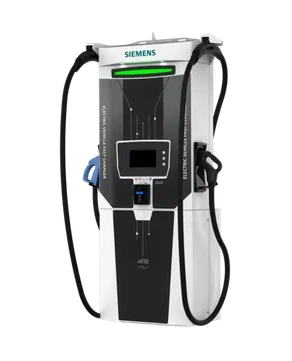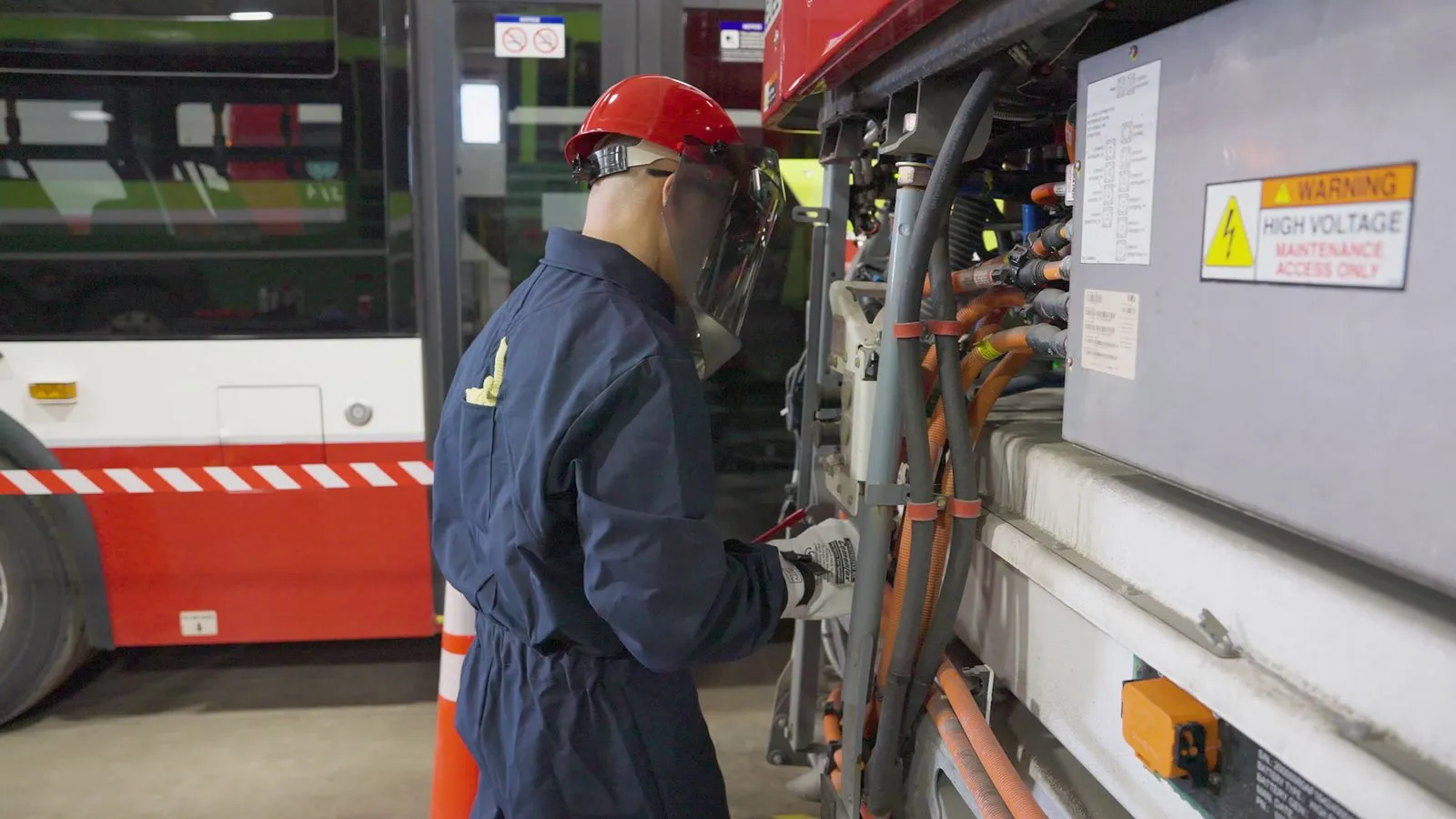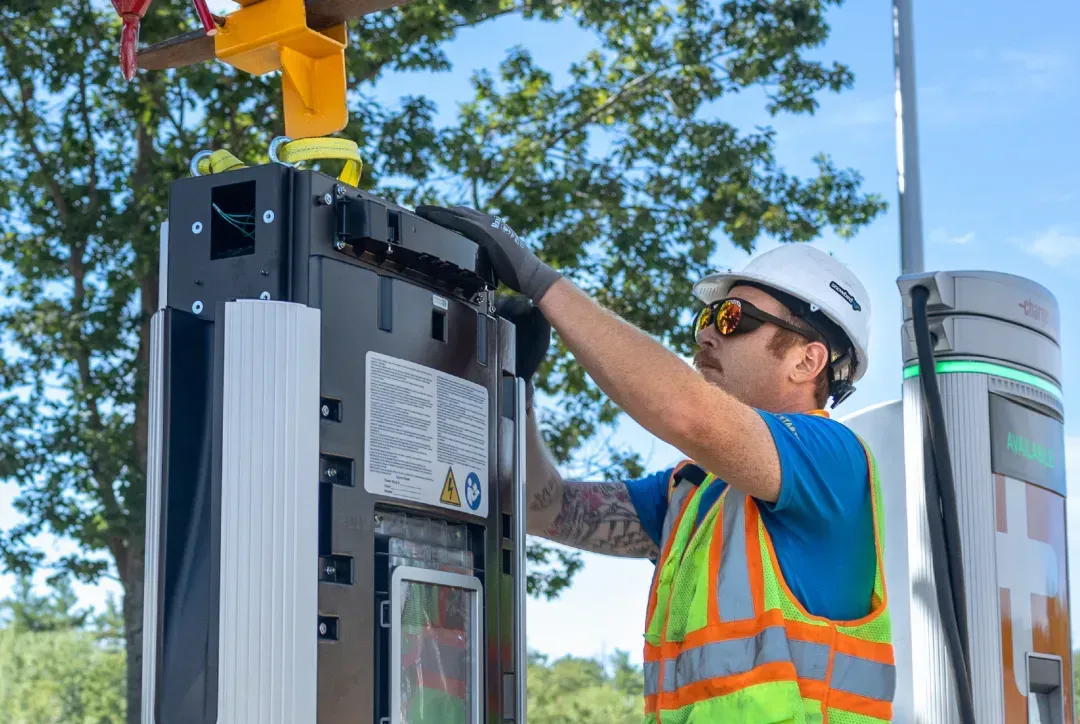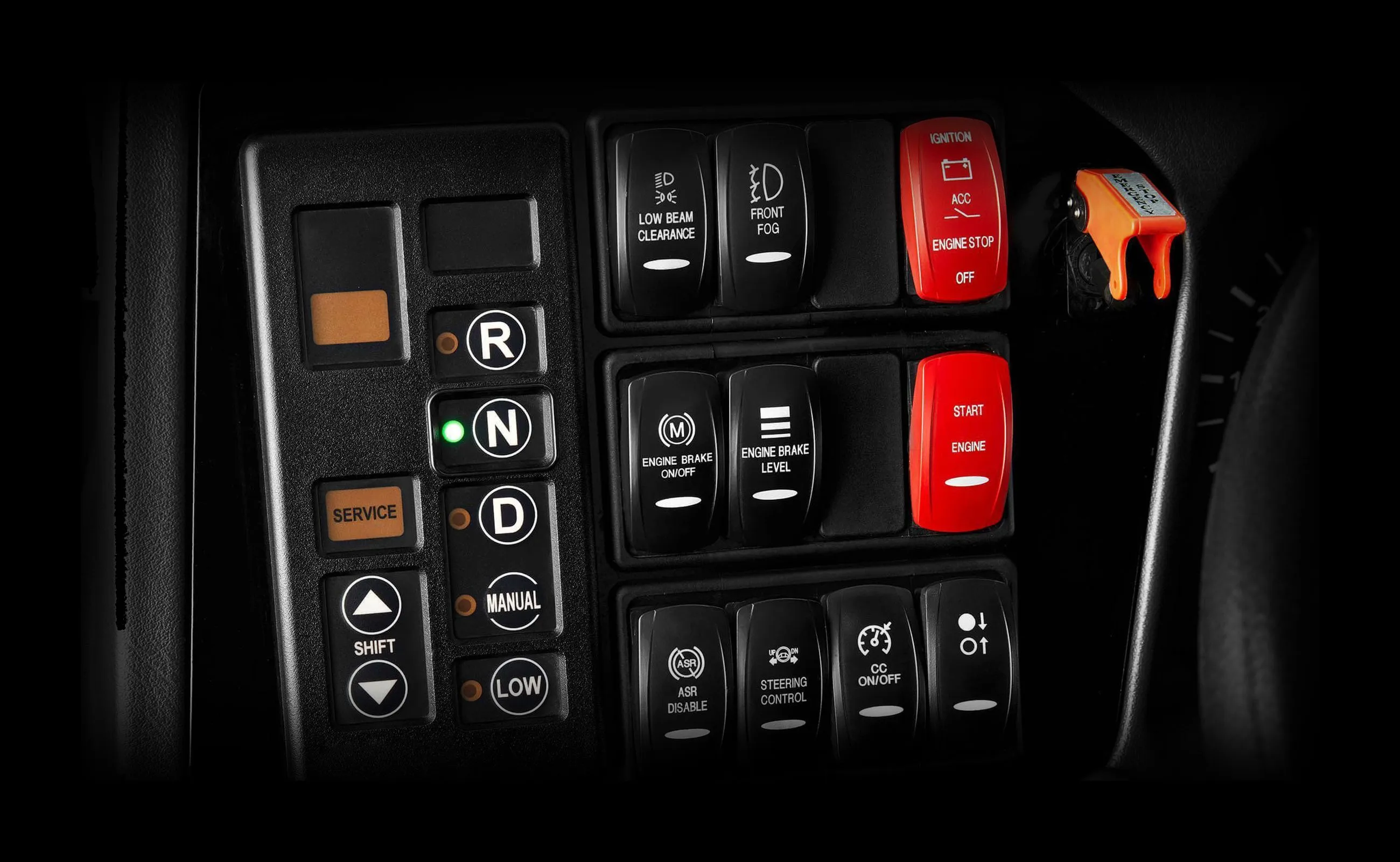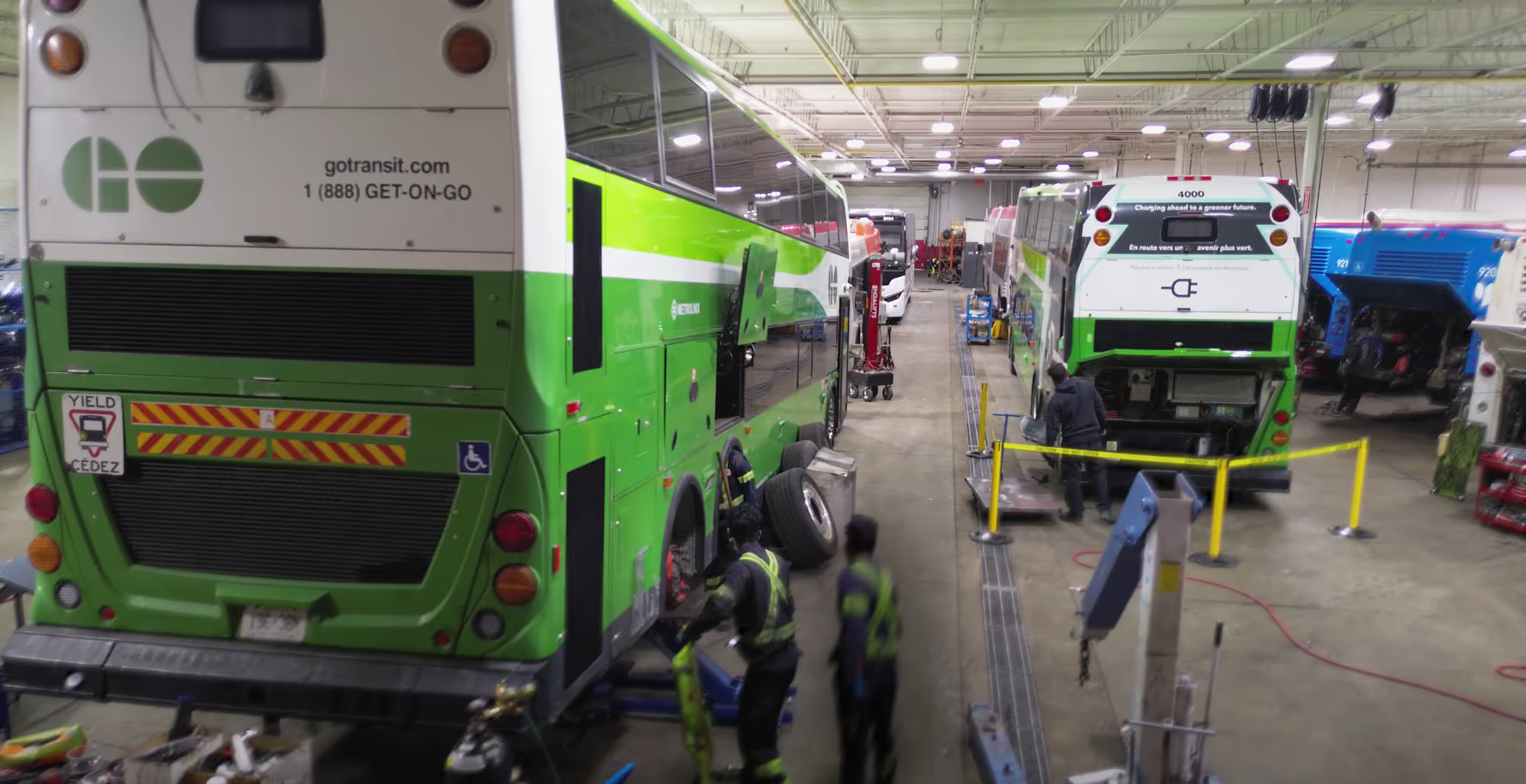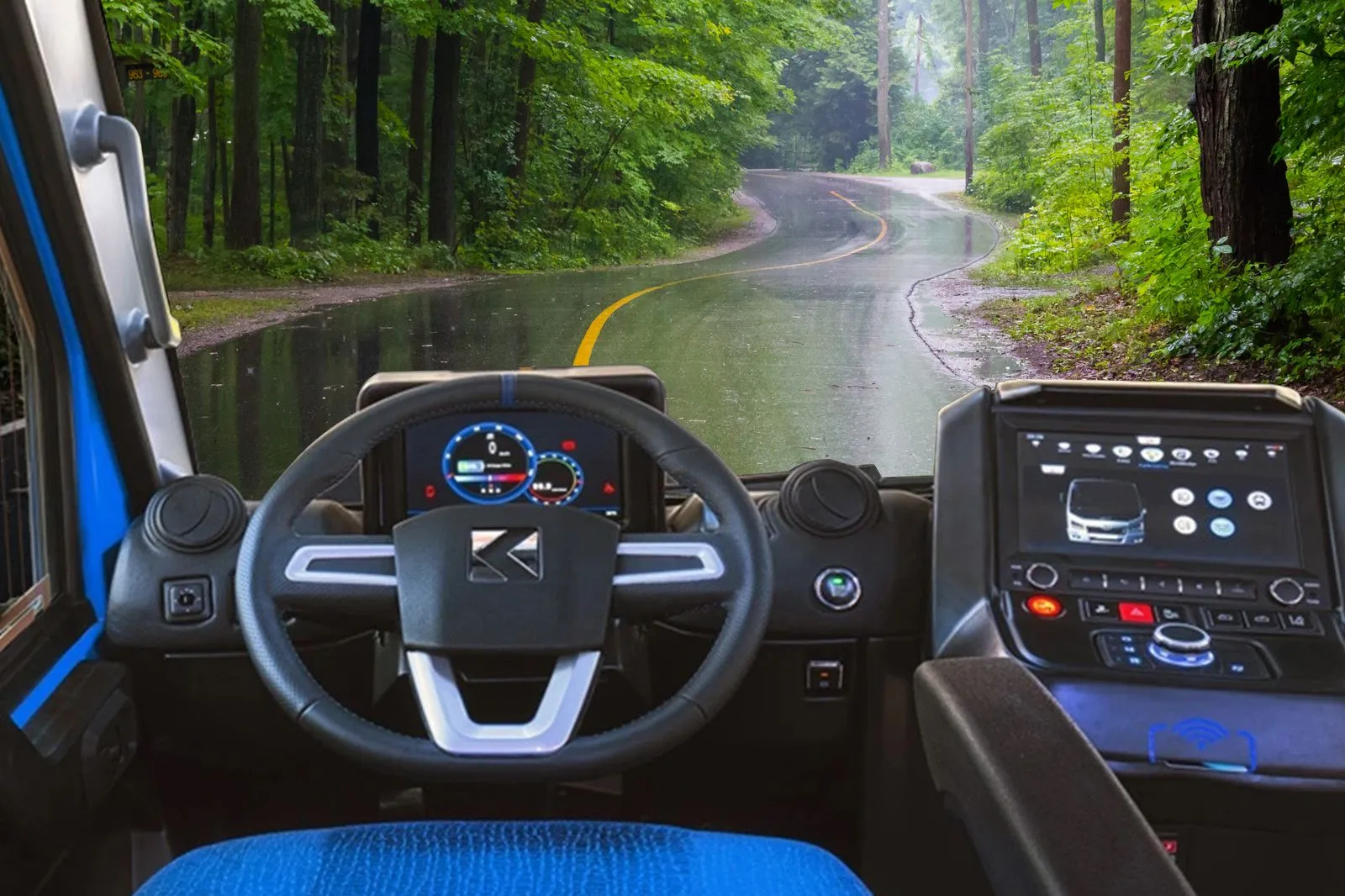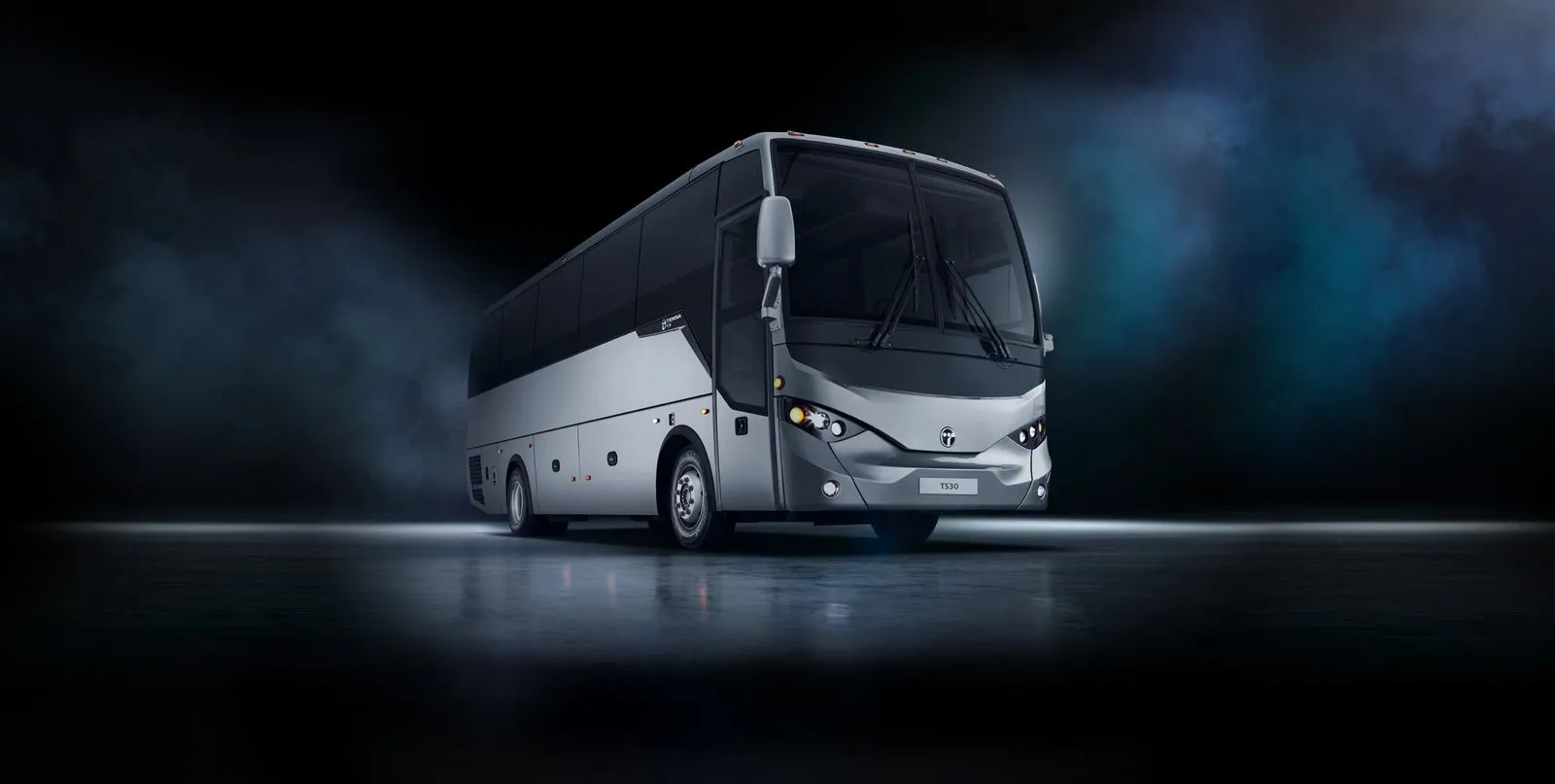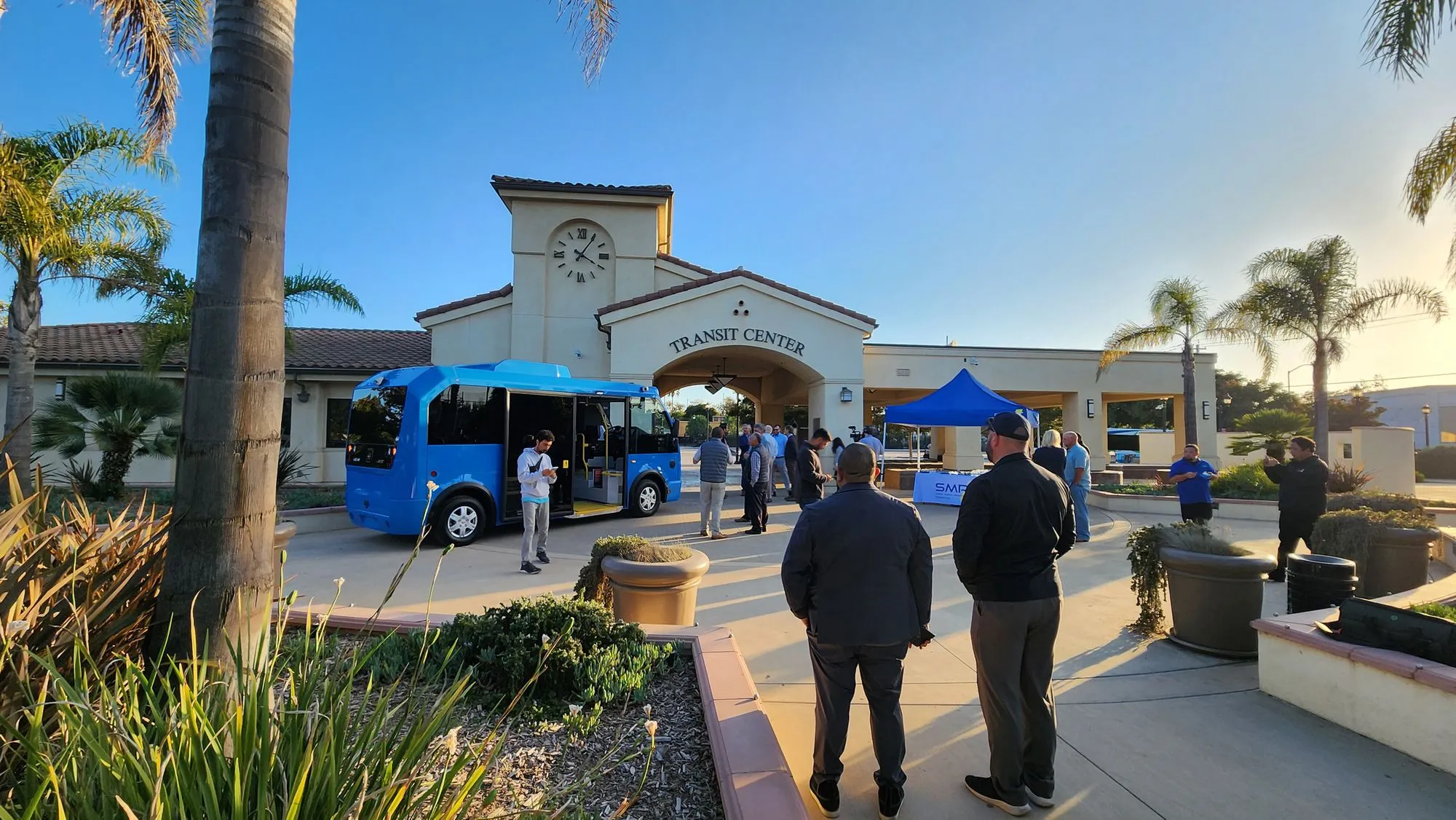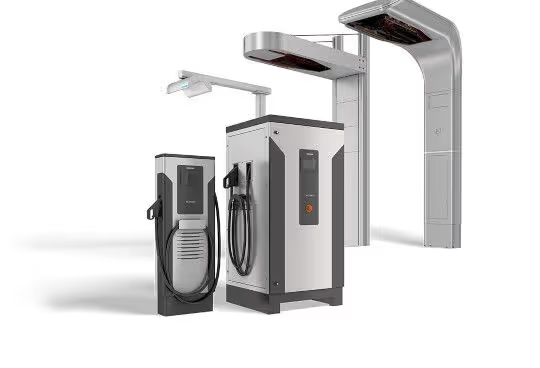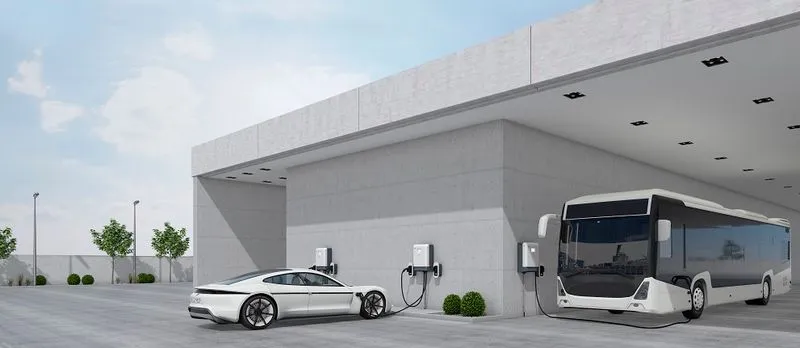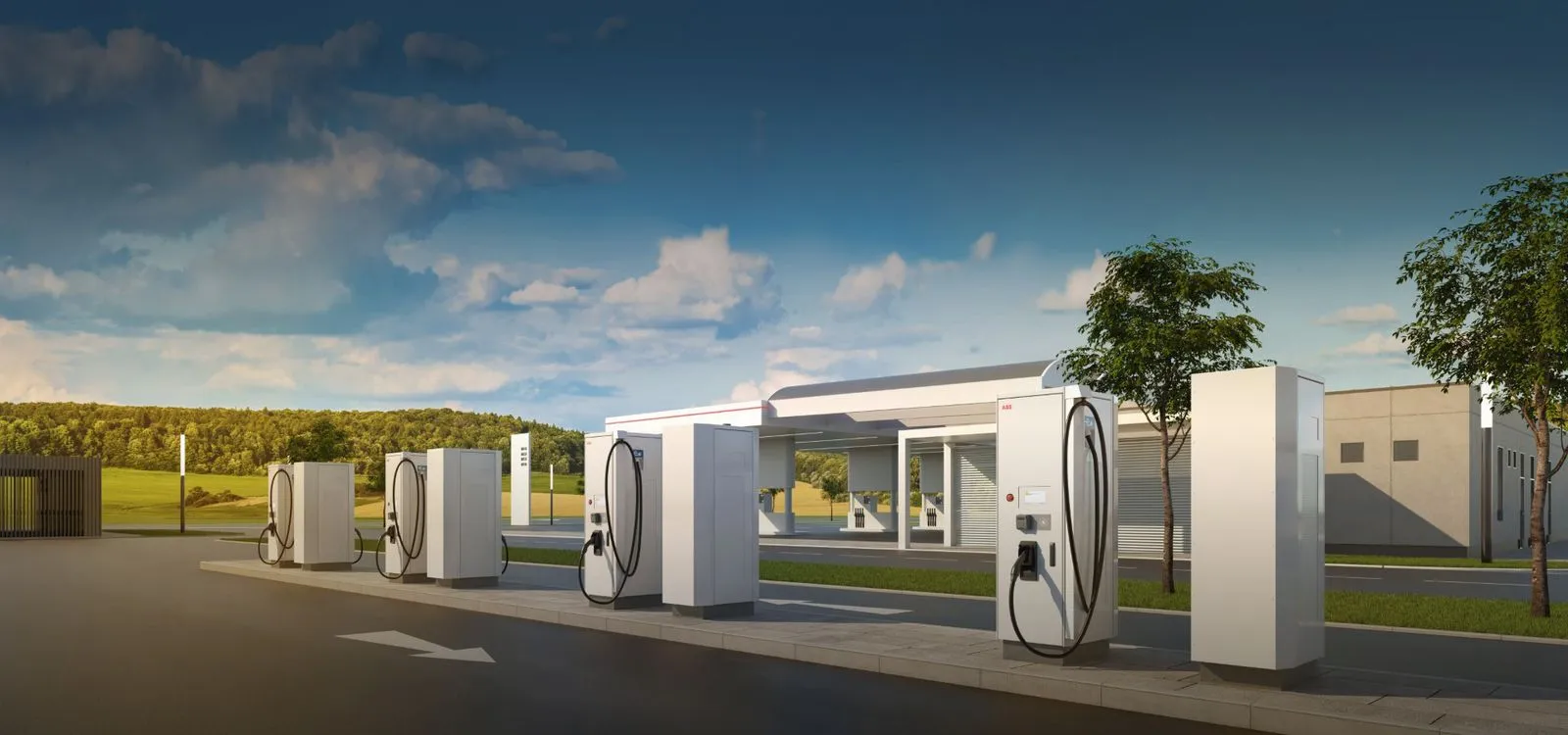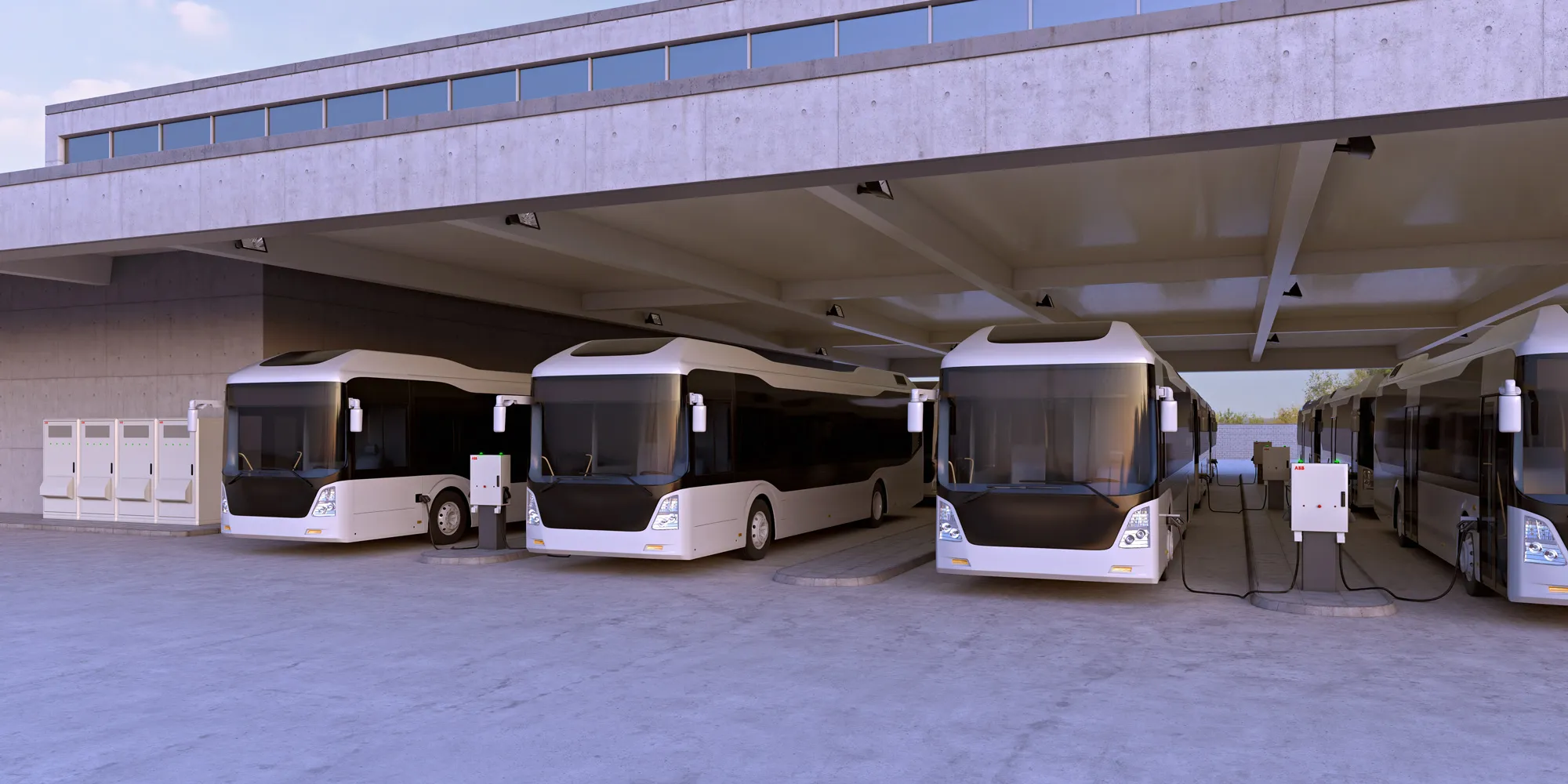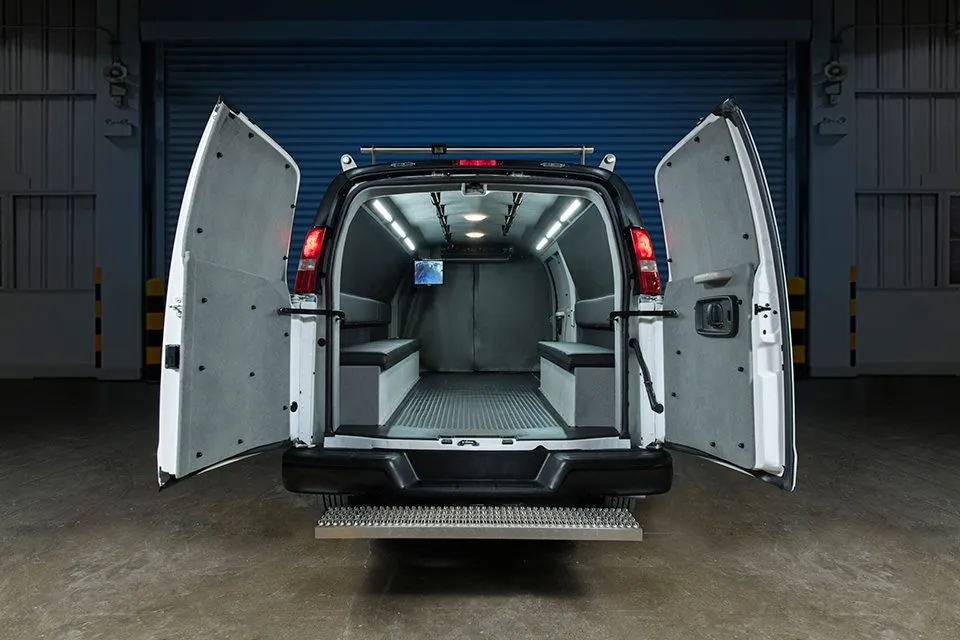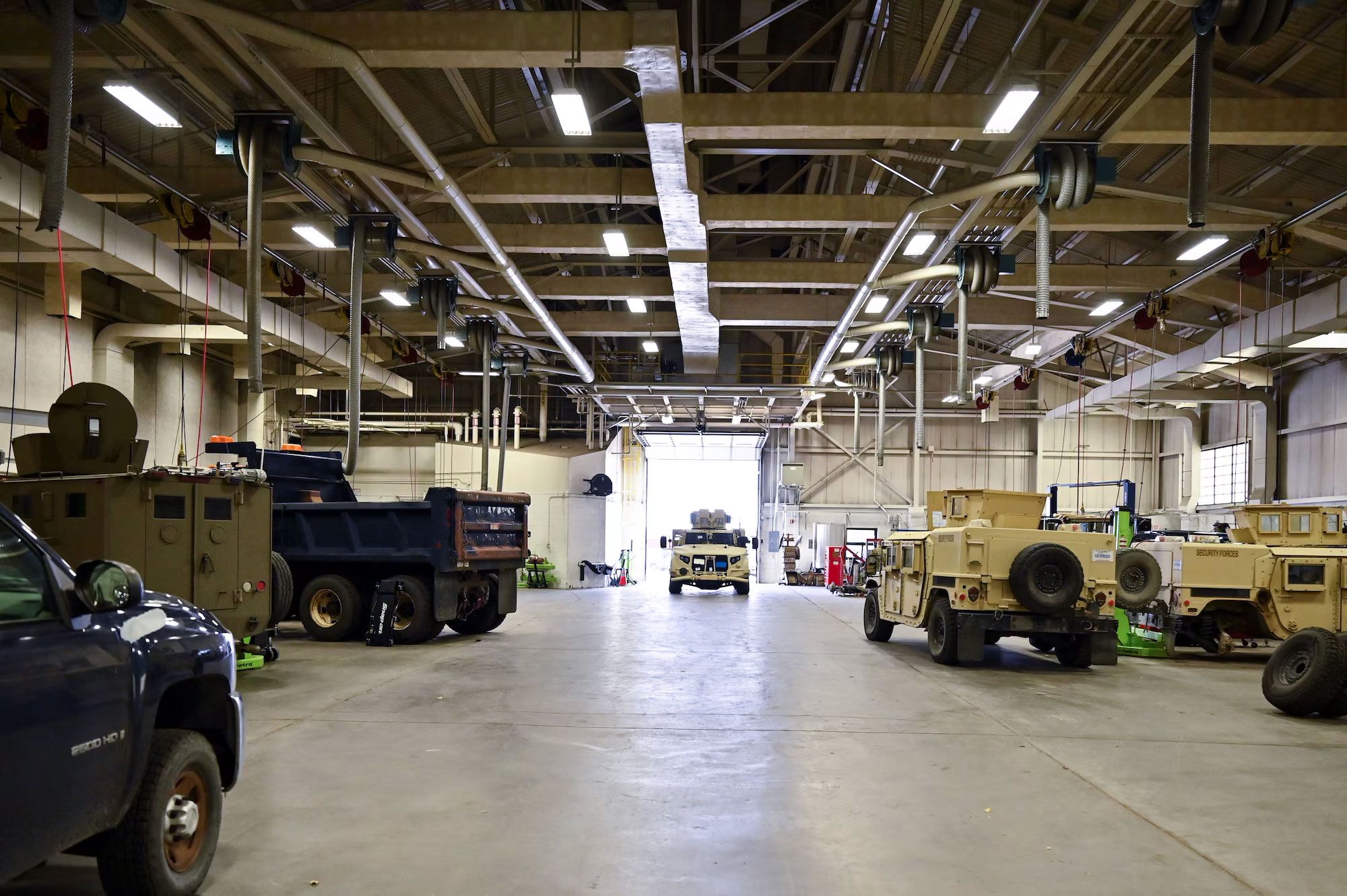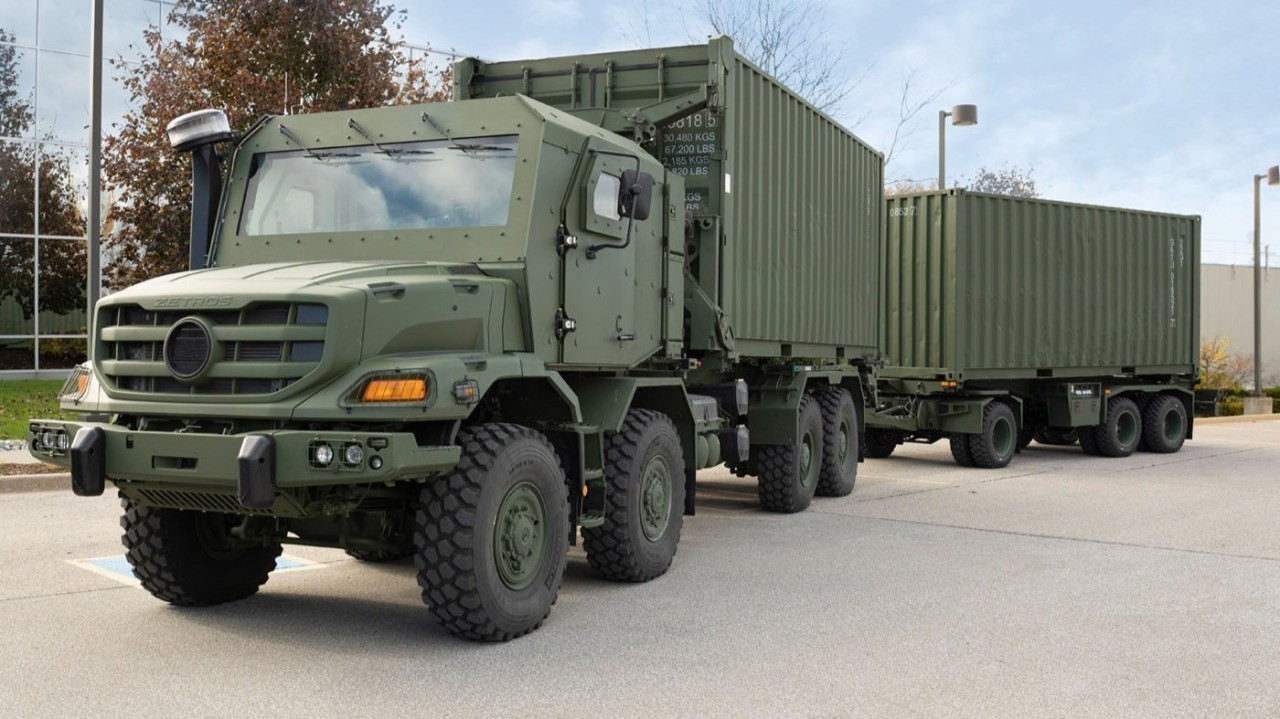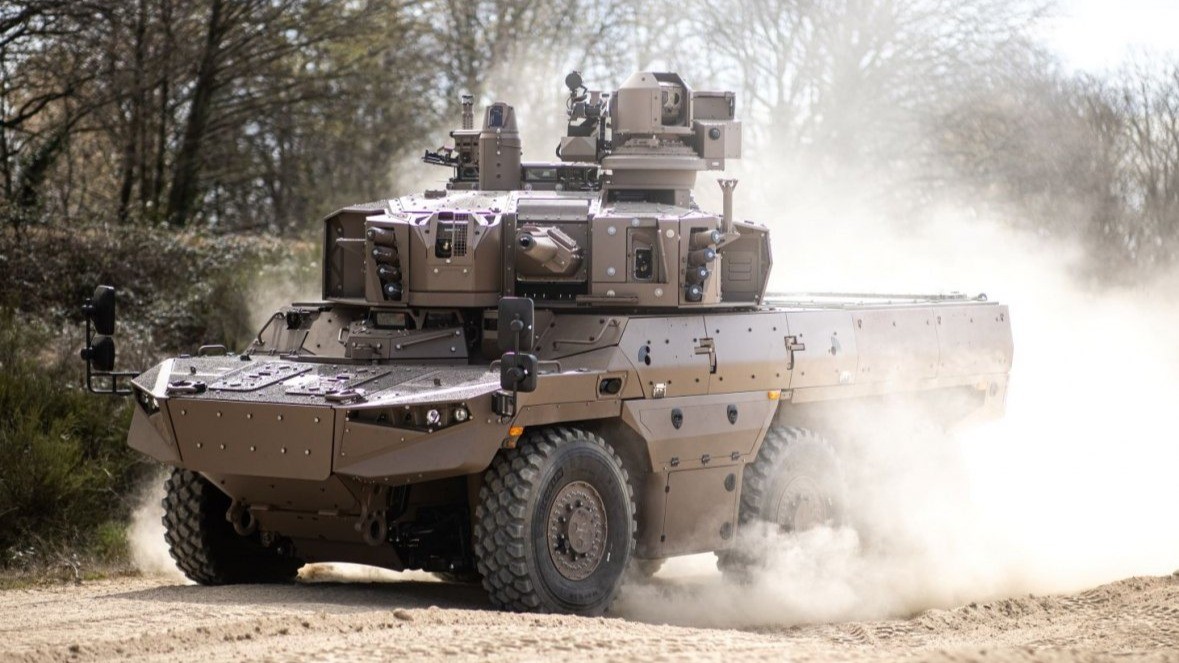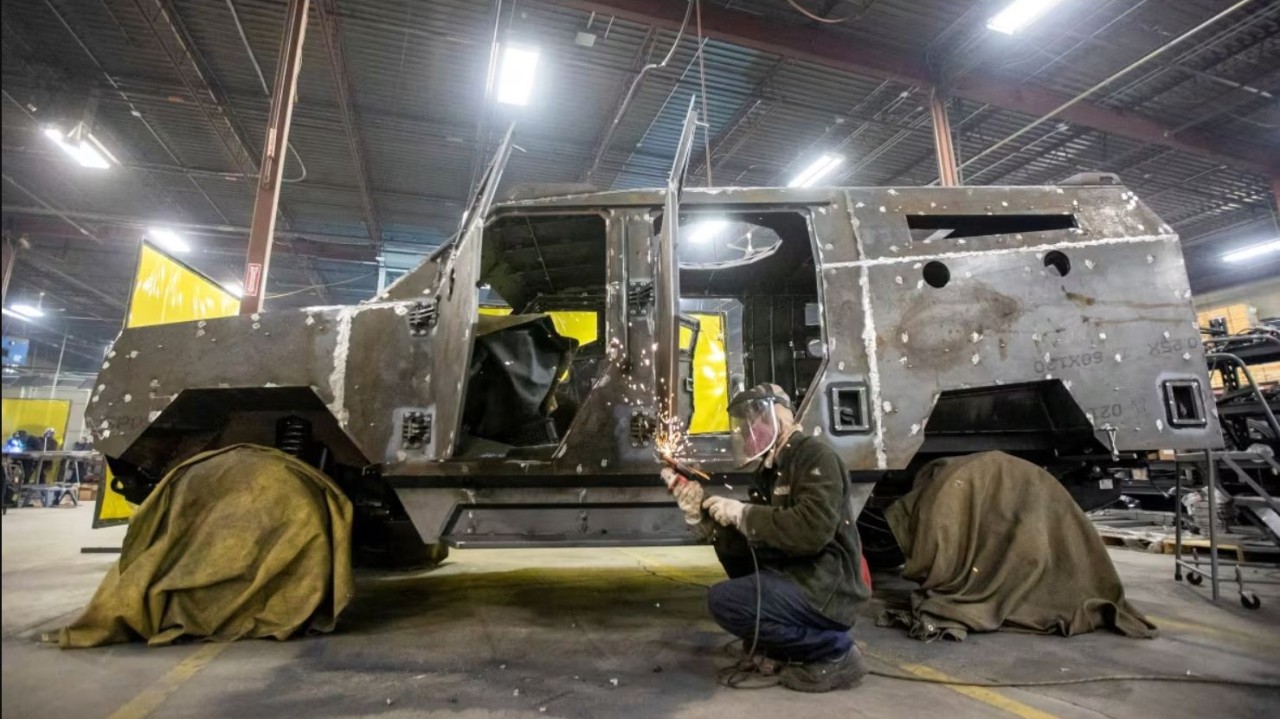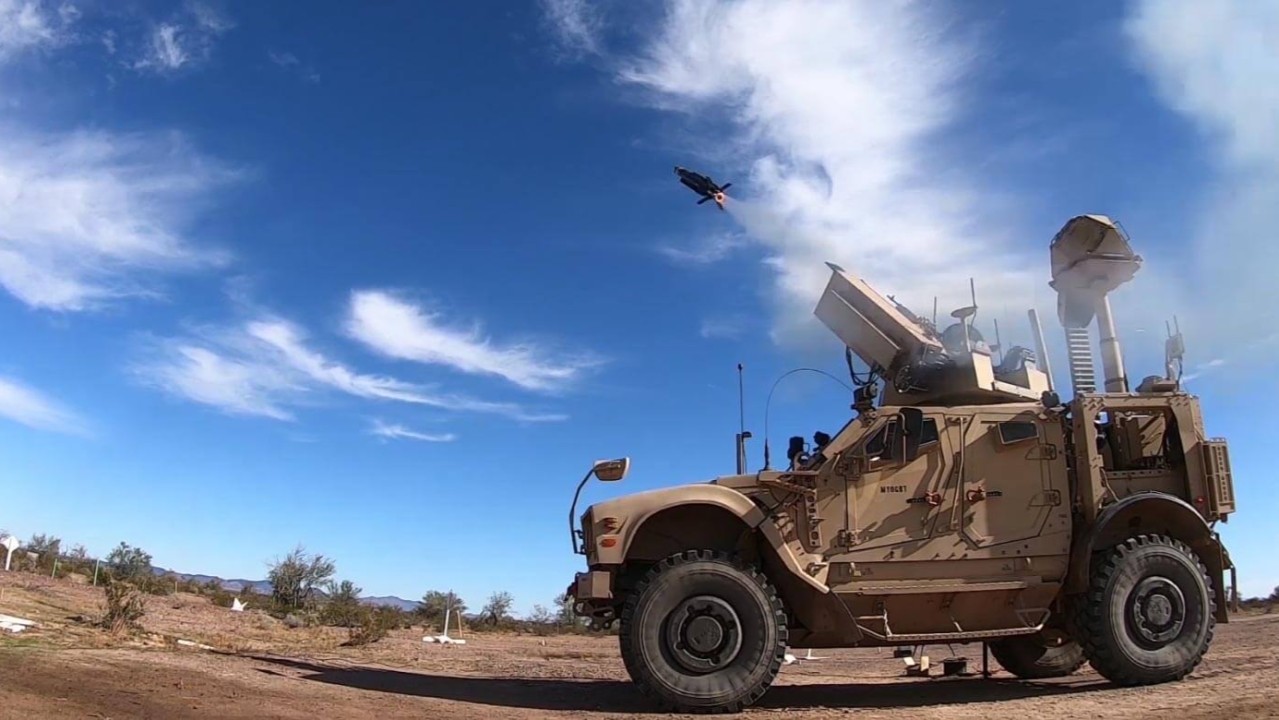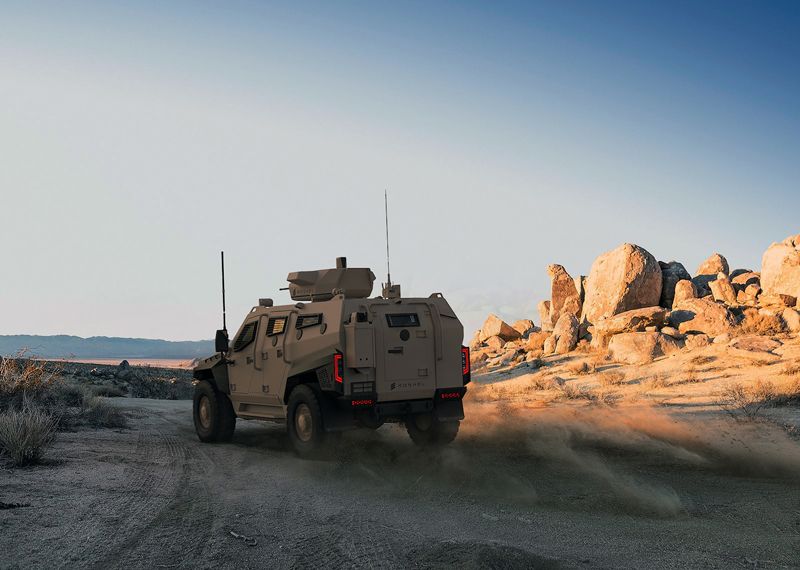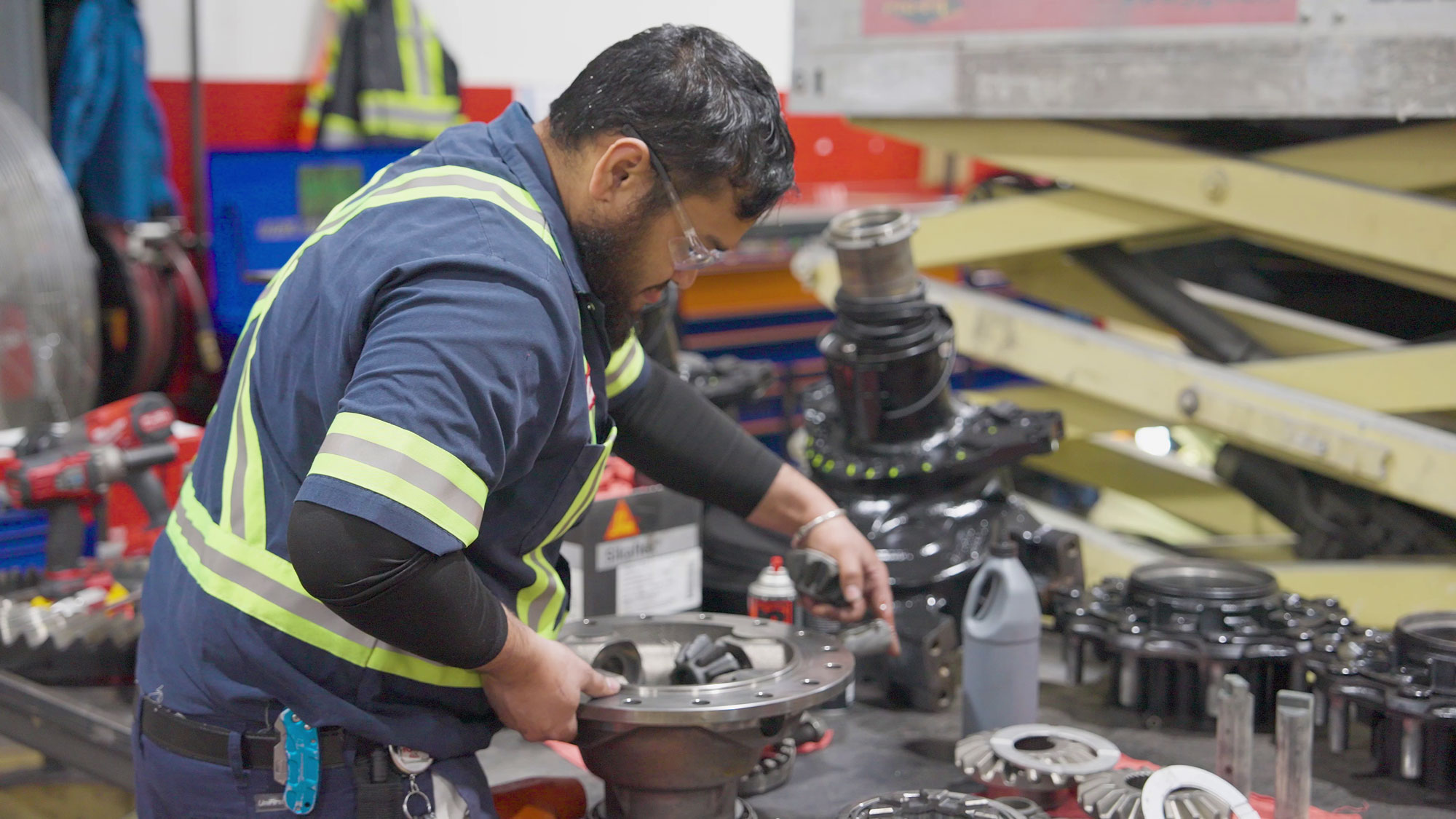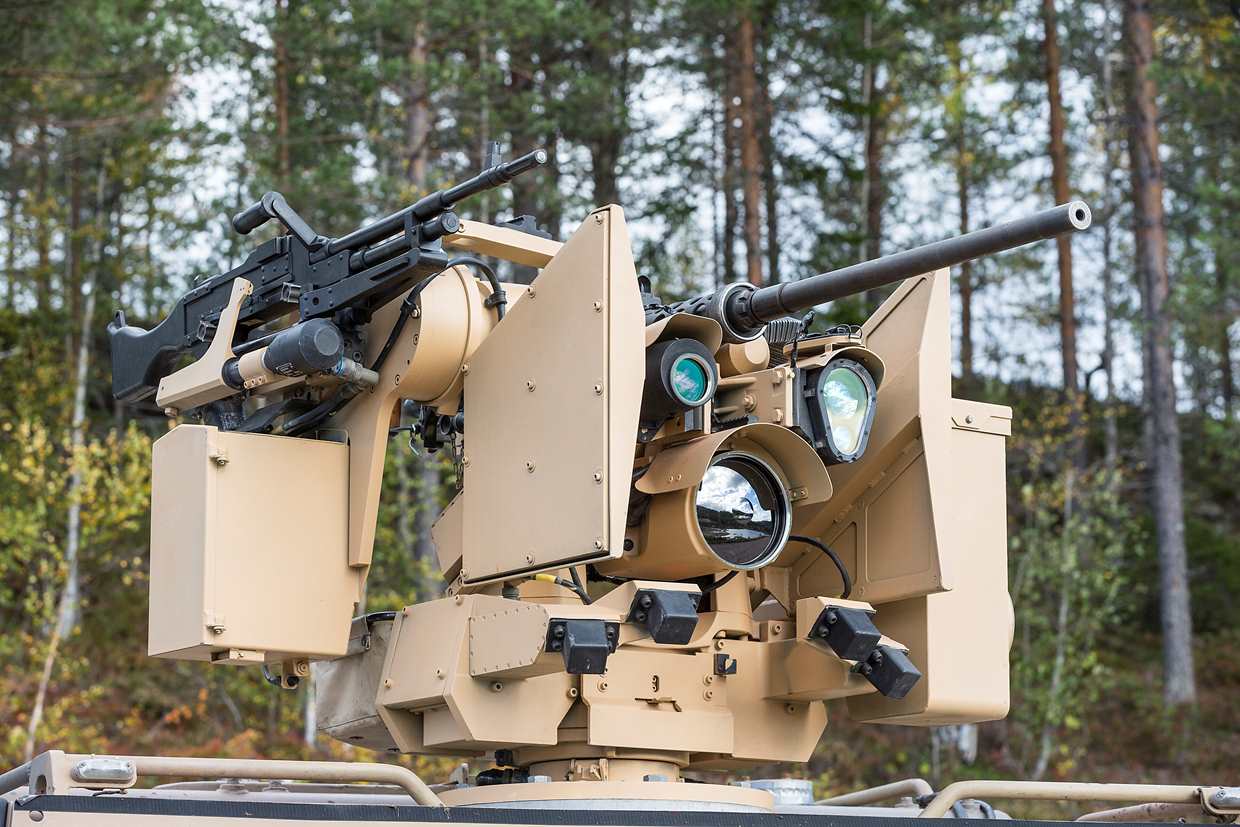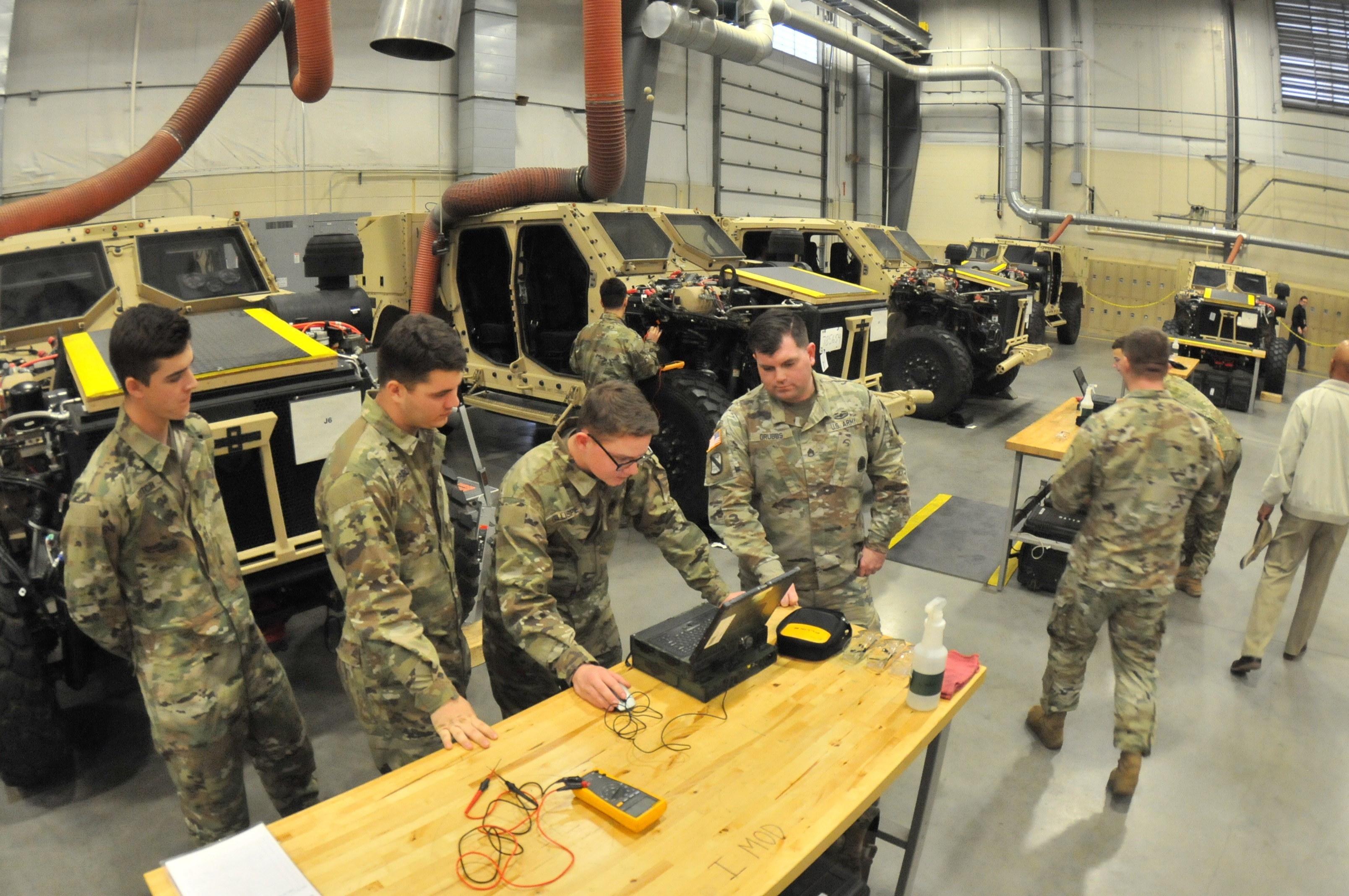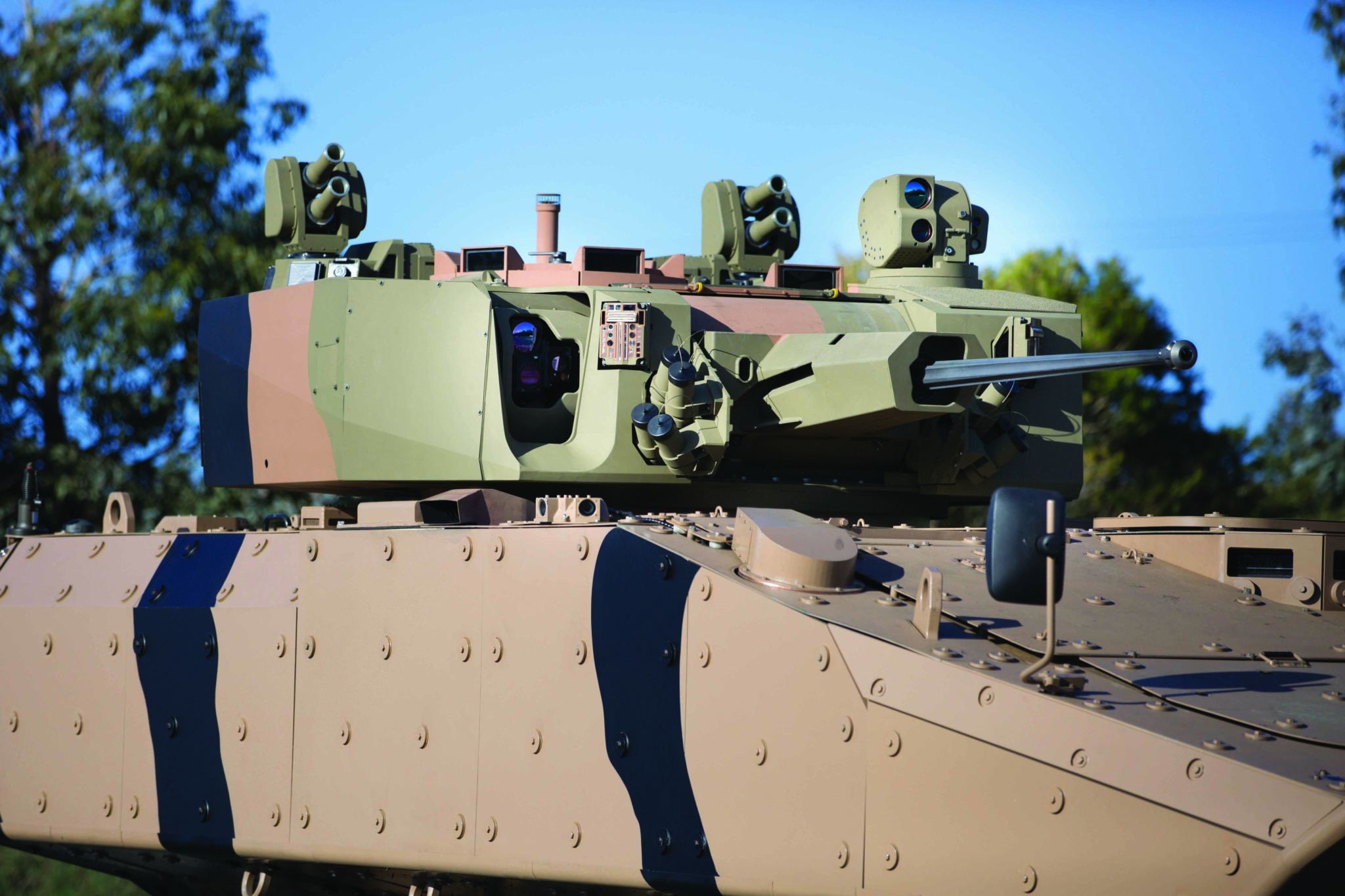
There is no previous post
Previous Post
Next Post
There is no next post
Active Protection Systems (APS) in Vehicle Retrofit & Modernization
Modern battlefields demand more than passive armor. As anti-tank guided missiles (ATGMs), RPGs (Rocket-Propelled Grenades), and other advanced threats proliferate, armed forces must enhance the survivability of existing platforms without relying solely on new vehicle acquisition. Active Protection Systems (APS) have emerged as a critical solution — and are increasingly deployed through retrofit and modernization programs. APS integration is now part of formal modernization plans worldwide, with systems being tested on tracked and wheeled platforms such as Abrams, Bradley, and Stryker.
APS Systems are Multi-Component
APS detects, tracks, and neutralizes incoming threats before they strike the vehicle. APS is not one box, but a system of sensors, interceptors, software, and integration points.
Systems typically include radar, electro-optical sensors, and countermeasures (either “hard-kill” interceptors or “soft-kill” jammers/decoys). By intercepting attacks in real time, APS provides a level of protection that traditional armor alone cannot.
APS is made up of multiple subsystems:
• Sensors (radar, IR, LIDAR) → detect incoming threats.
• Computers / software → track trajectories, decide countermeasures.
• Countermeasures → hard-kill interceptors (mini-rockets) or soft-kill jammers/smoke.
• Power & data interfaces → connect to the vehicle’s existing systems.
To work properly, APS must be integrated into the host vehicle’s architecture:
• Mechanical mounts (for sensors, radars, launchers).
• Electrical/power distribution.
• Vetronics / data bus (to talk to other onboard systems like comms, BMS, navigation).
• Safety checks (ensuring APS doesn’t interfere with crew or allies).
At Damera Defence our role is the systems integration: we make sure APS can be physically, electronically, and operationally installed onto a legacy or modernized vehicle. APS integration requires mechanical, electrical, and software harmonization — from radars and sensors to power distribution, vetronics, and secure communications networks.
Why APS as a Retrofit?
Governments and armed forces recognize that replacing entire fleets is often cost-prohibitive and time-intensive. Instead, retrofit programs allow proven legacy platforms to gain next-generation protection by integrating APS into existing hulls and mission systems.
This approach:
- Extends vehicle lifecycle by modernizing survivability.
- Protects crews against evolving anti-armor threats.
- Maintains fleet relevance without waiting for new vehicle programs.
- Aligns with NATO/partner modernization initiatives for interoperability.
Retrofit programs confirm the effectiveness of APS, but also highlight integration challenges — from platform power demands to weight distribution. This is why experienced system integrators, like Damera Defence, are essential.
Integrating APS isn’t only about installation — it requires planning for sustainment, training, resupply, and mid-life upgrades, reinforcing the need for a lifecycle approach.
Examples of APS Retrofit Programs
Bradley Fighting Vehicle (Tracked Platform)
The U.S. Army has conducted programs to integrate APS onto the Bradley, a proven but aging tracked vehicle. APS gives the Bradley new resilience against modern ATGMs, significantly improving survivability without a complete redesign of the vehicle.
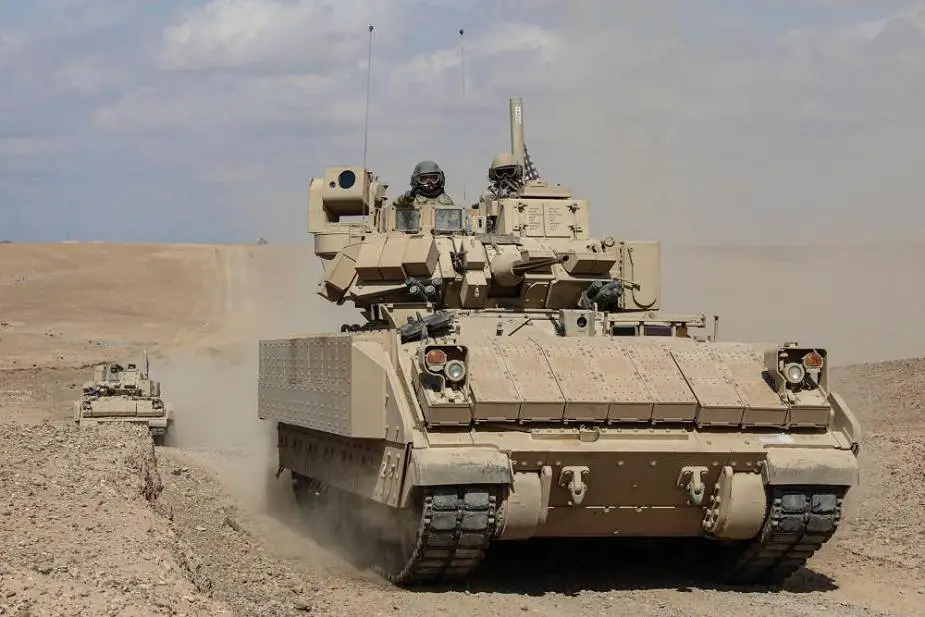
Stryker Infantry Carrier Vehicle (8×8 armored fighting vehicle)
APS has also been retrofitted onto the Stryker, an 8-wheeled armored vehicle widely deployed by U.S. and allied forces. This upgrade improves force protection in contested environments, making the Stryker better suited for frontline missions.

Both cases highlight a broader trend: APS is not limited to new-generation tanks and IFVs but is increasingly deployed on existing fleets through retrofit pathways.
APS and Modernization Programs
APS integration is now considered a core survivability upgrade within vehicle modernization roadmaps. It complements modular armor kits, electronic warfare suites, and advanced sensors — creating a layered defense system that enhances operational effectiveness.
Damera Defence and Survivability Retrofits
At Damera Defence, survivability is a central pillar of our retrofit and upgrade philosophy. While we do not manufacture APS systems, we work with OEMs and technology partners to provide:
- Platform readiness (mounts, power/data integration, vetronics compatibility).
- Engineering and safety assessments to ensure APS works seamlessly with legacy or hybrid/electric platforms.
- Lifecycle sustainment to keep survivability upgrades mission-ready over time.
Active Protection Systems are no longer optional — they are becoming essential. By integrating APS into legacy fleets, governments and allied forces can extend platform life, protect personnel, and ensure vehicles remain relevant in high-threat environments.
Boost Survivability Through Smart Retrofits
Active Protection Systems (APS) and other advanced upgrades can extend the life and effectiveness of your legacy fleets. At Damera Defence, we integrate these solutions with precision—enhancing protection, reliability, and mission readiness without full replacement programs.
📩 Contact Eric Dion, Eng., EMBA — Chief Commercial Officer (e.dion@dameracorp.com) to discuss how our retrofit and integration expertise can strengthen your fleet.
Damera Defence: Engineering Strength Into Every Mission.
Learn more:


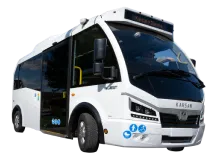
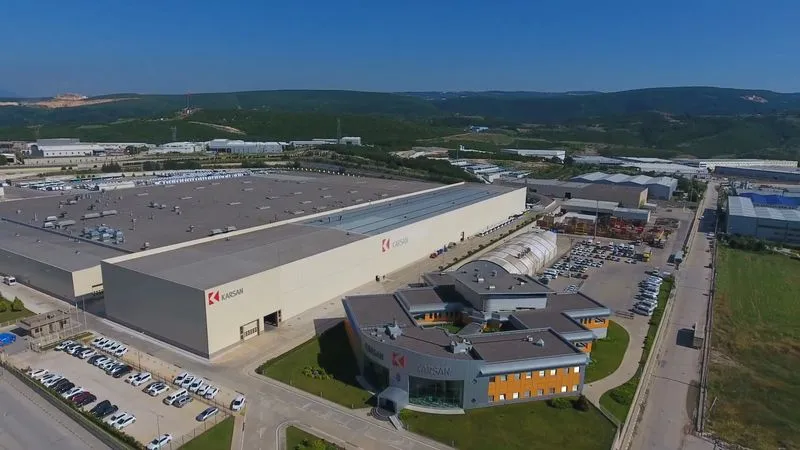

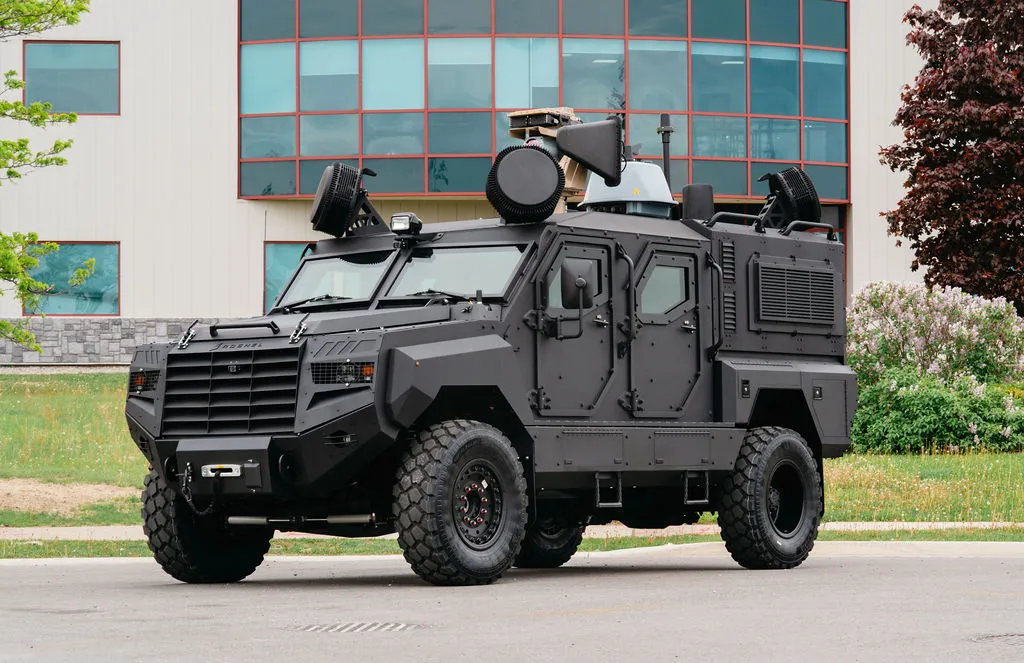


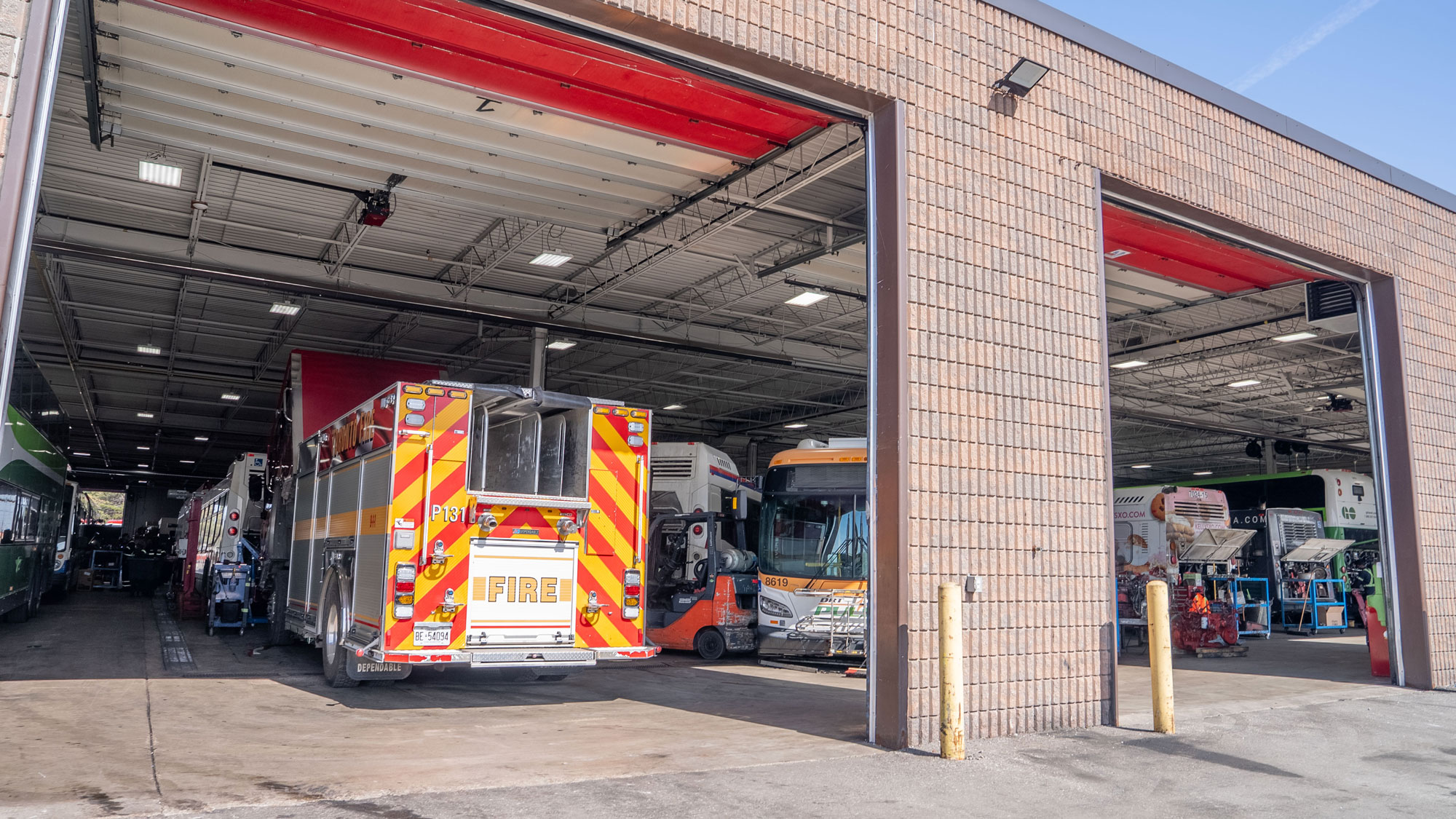



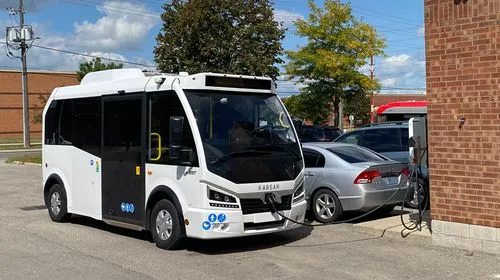
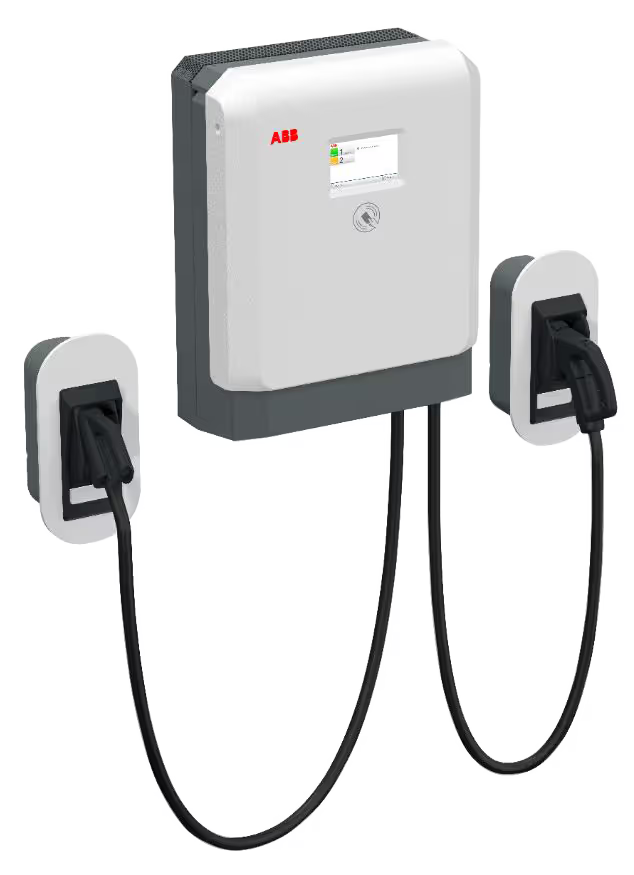

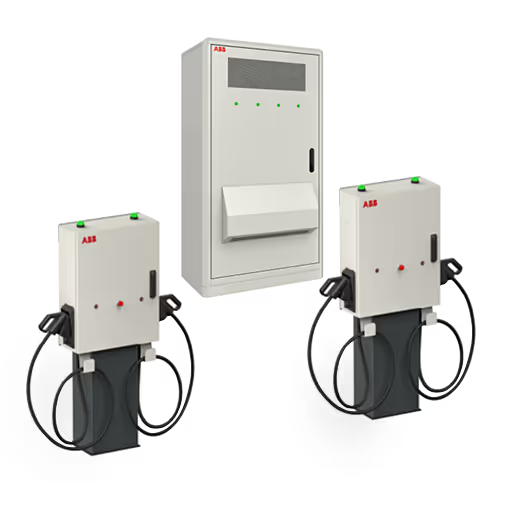

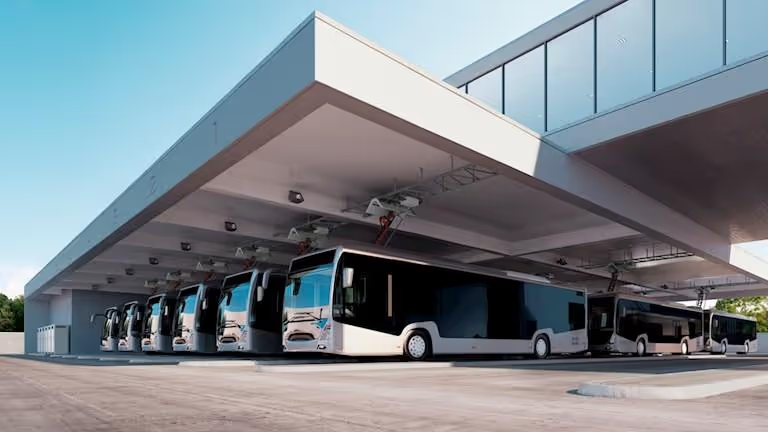
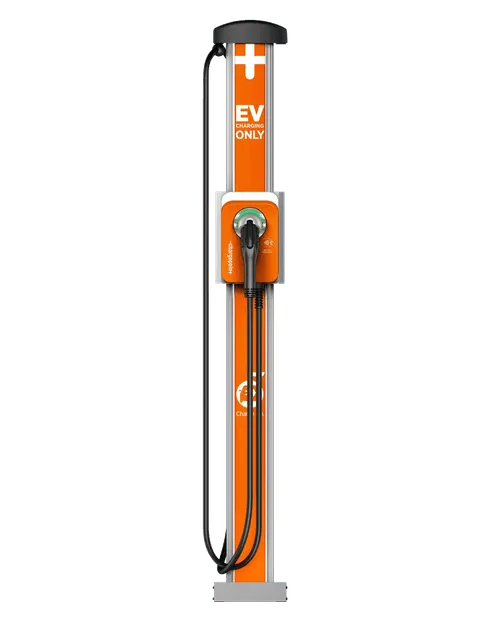
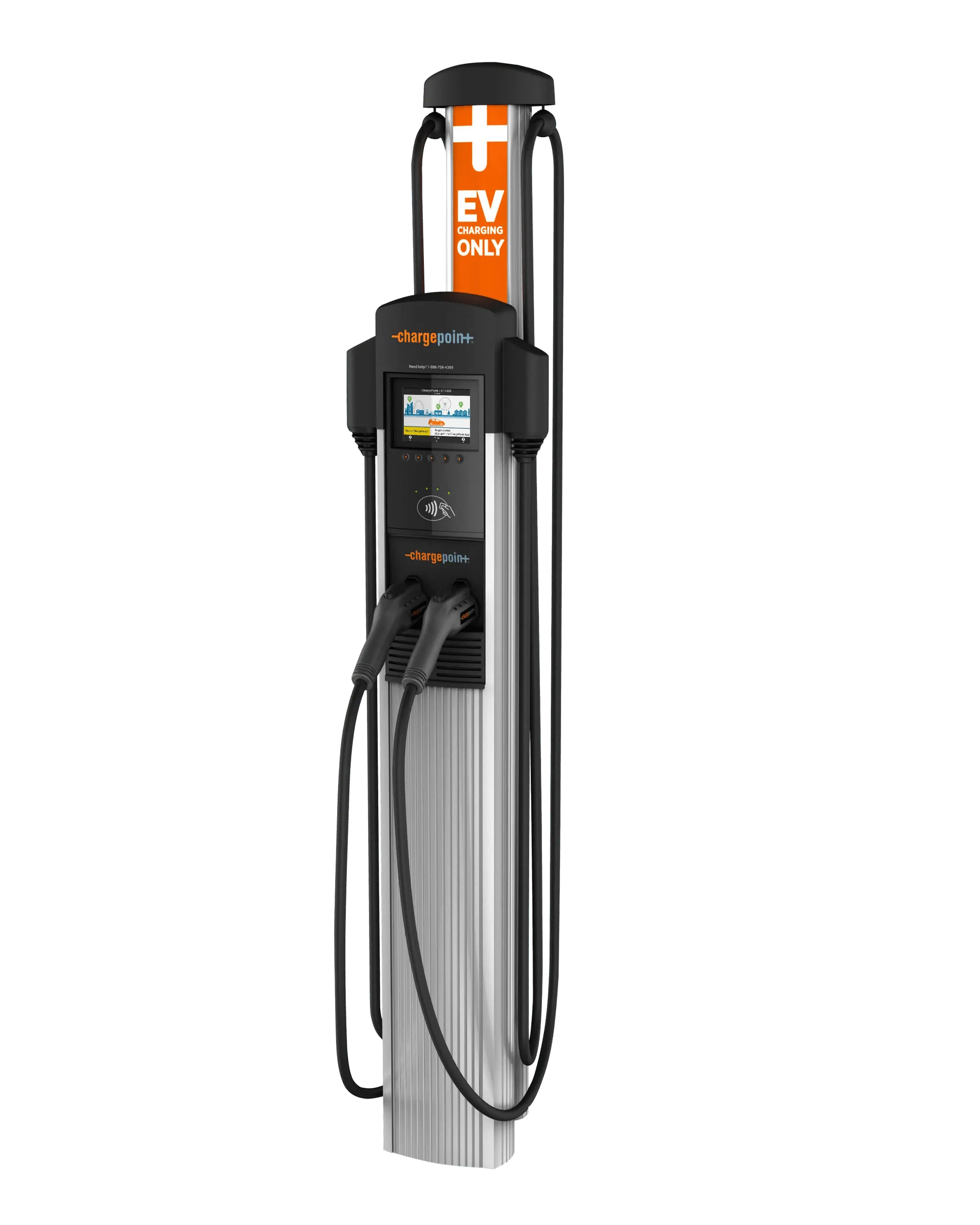
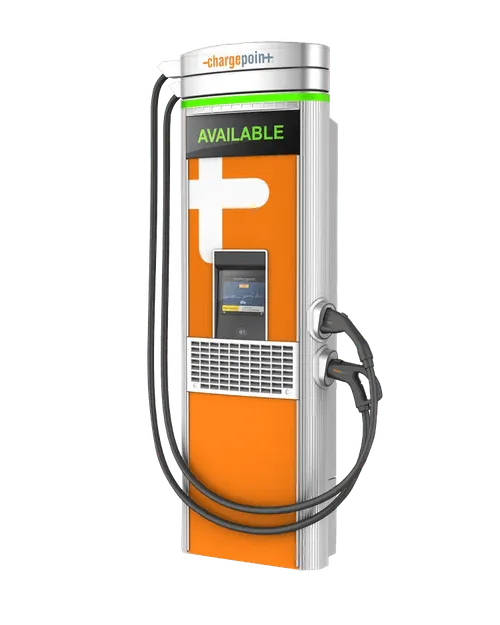

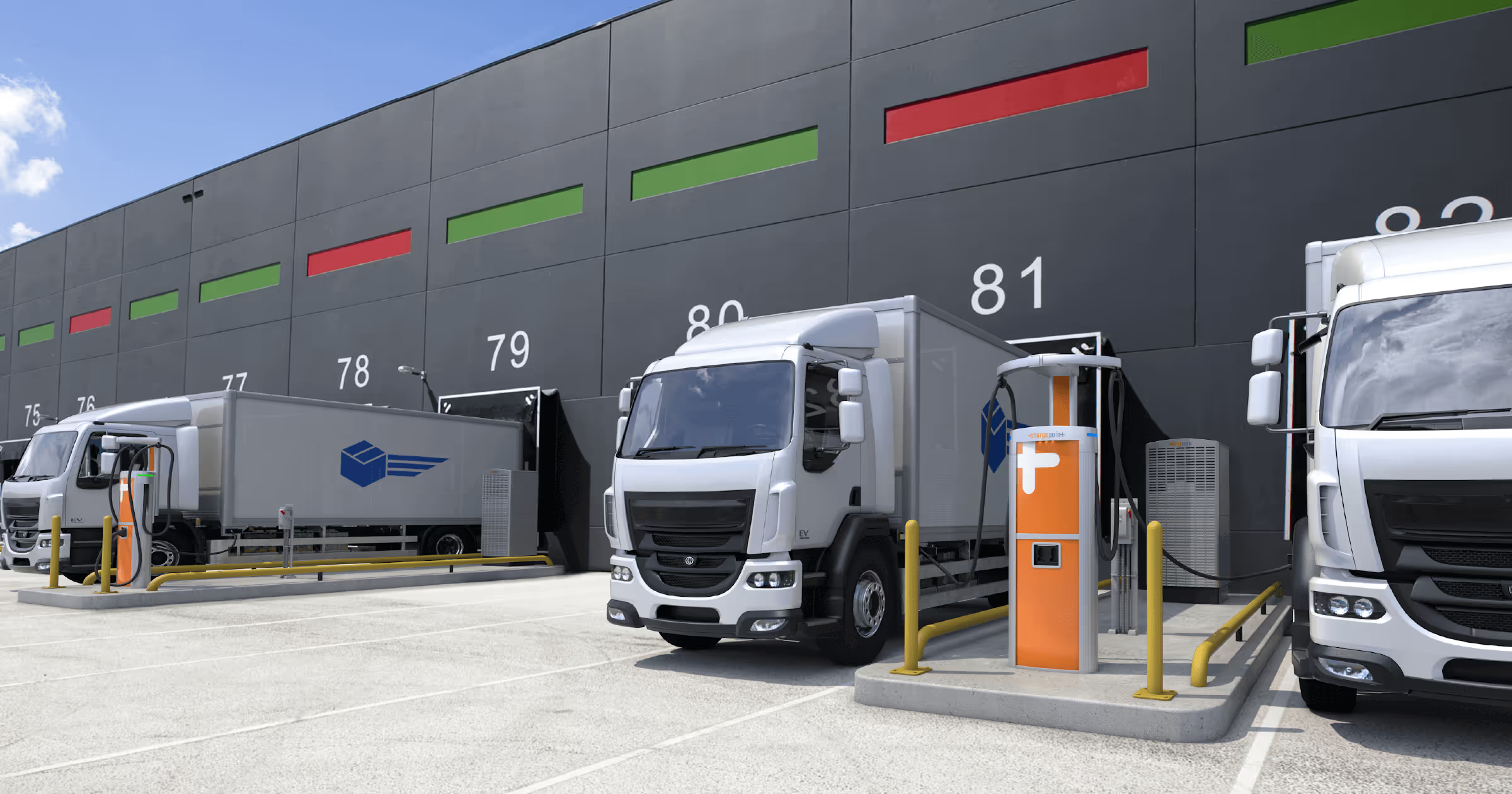
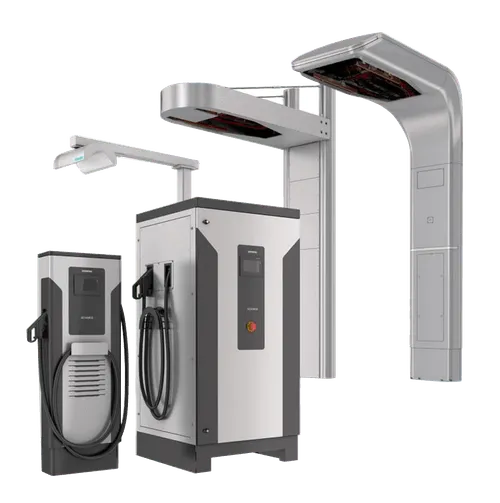
-p-500-p-500.avif)
